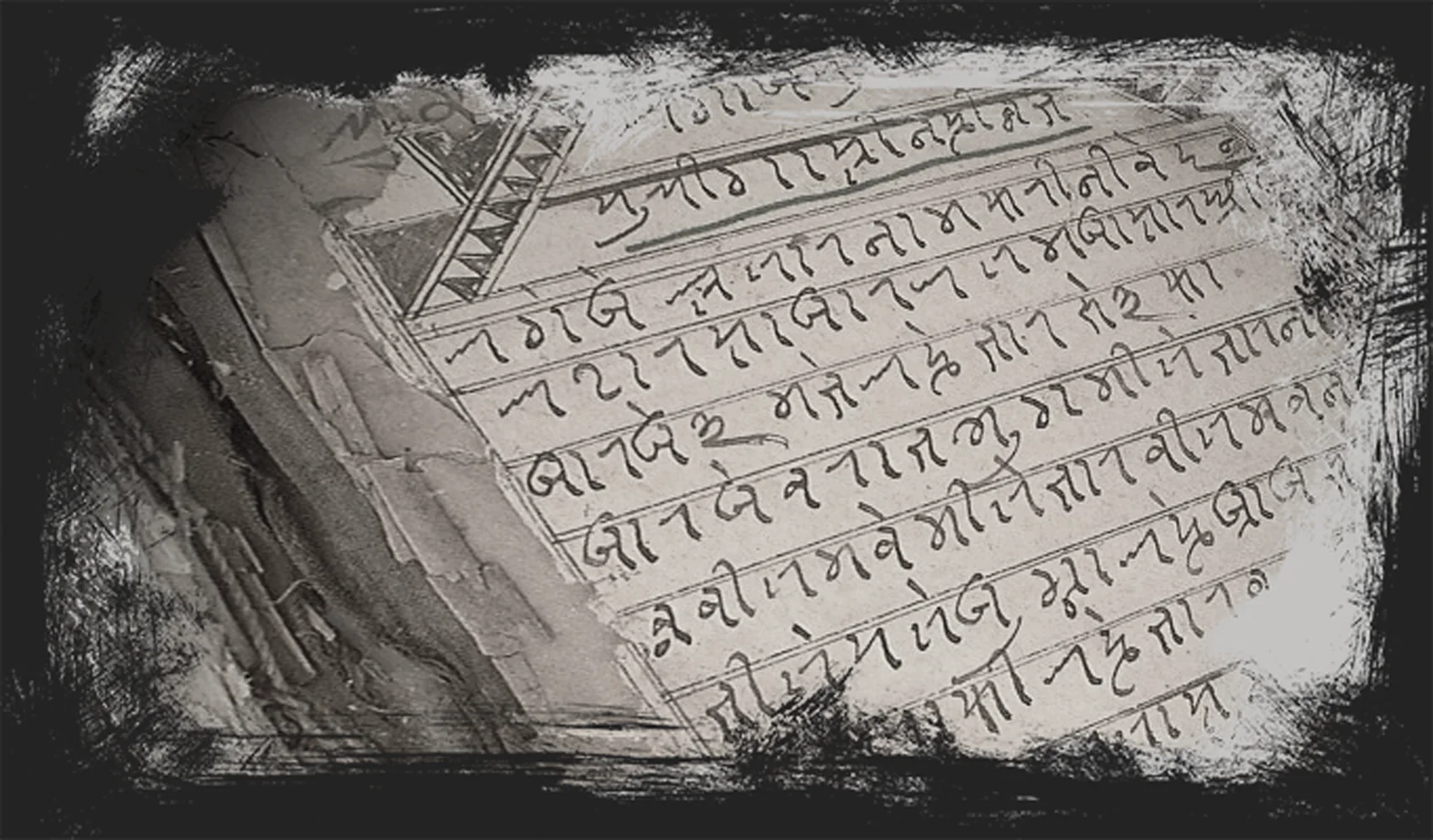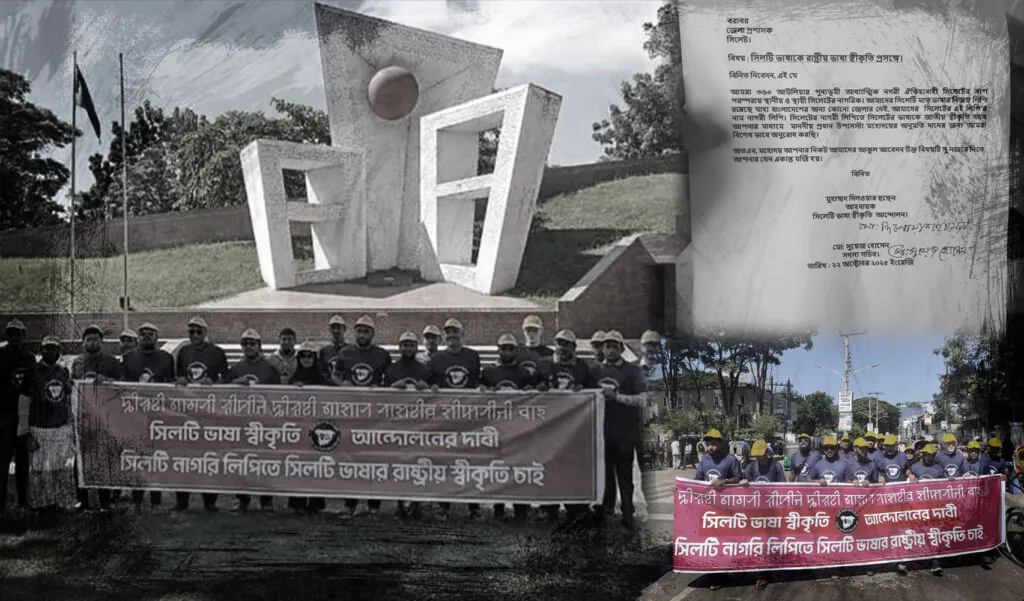A Brief History of Syloti Nagri: The Script of Sylheti Identity

The Syloti Nagri script is a unique writing system developed for the Sylheti language, spoken mainly in the Sylhet region of Bangladesh and parts of northeast India. Though often mistaken as a dialect of Bengali, Sylheti is a distinct language, and Syloti Nagri is solid historical proof of that.
Origins
Syloti Nagri likely originated in the 1500s, though some believe it could be even older. It was developed by and for local communities, particularly among rural Muslim populations in Sylhet, to write religious texts, poetry, and everyday literature in their own spoken language.
Golden Age
The 19th century marked the script’s peak usage. Printing presses were established in Sylhet and Kolkata that published books, religious pamphlets, and other texts in Syloti Nagri. The script made literacy more accessible to common people, especially those who didn’t speak or read Bengali or Persian.
Decline
By the mid-20th century, Syloti Nagri had begun to fade out of use. This decline was due to several factors:
- British colonial influence promoting English and Bengali
- Lack of institutional support
- The rise of Bengali nationalism, which marginalized other regional languages
- No formal education system teaching Syloti Nagri
Over time, Sylheti speakers adopted Bengali or Roman scripts to write, often losing awareness of their own script.
Modern Revival
In recent years, there has been a growing movement to revive Syloti Nagri. Community efforts, academic interest, and digital technology have played a key role:
- The script is now part of Unicode, making it usable on phones and computers
- Fonts and keyboards are freely available for download
- Mobile apps help users learn to read and write the script
- Social media accounts and online groups promote daily usage
- Educational initiatives, like the Sylheti Project at SOAS, help spread awareness
Why It Matters
Reviving Syloti Nagri is not just about preserving a script. It’s about reclaiming Sylheti identity, celebrating its linguistic history, and empowering future generations to read and write in their mother tongue.
This forgotten script is making a comeback—slowly but surely—and in doing so, it’s helping Sylheti speakers reconnect with their roots, culture, and voice.
